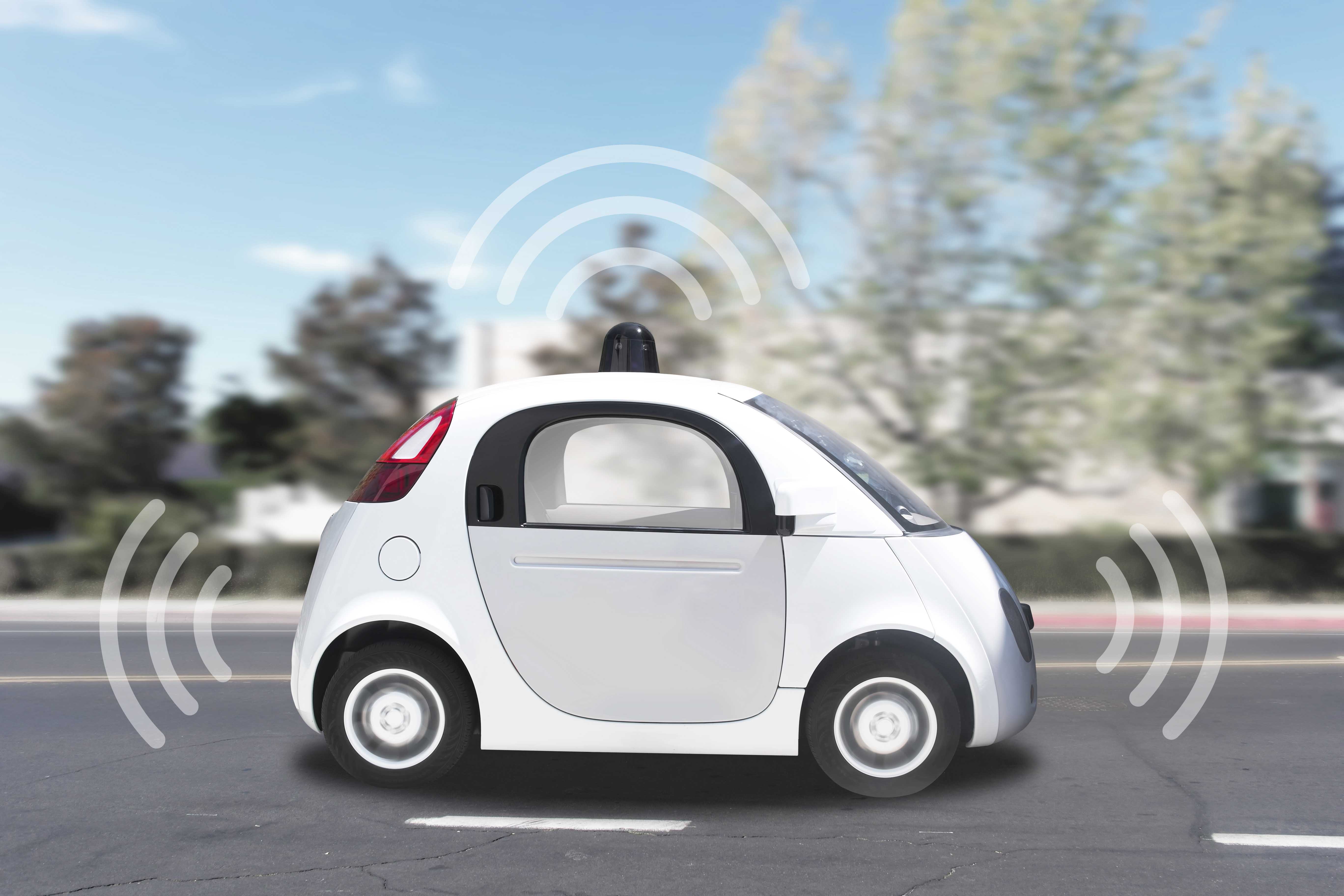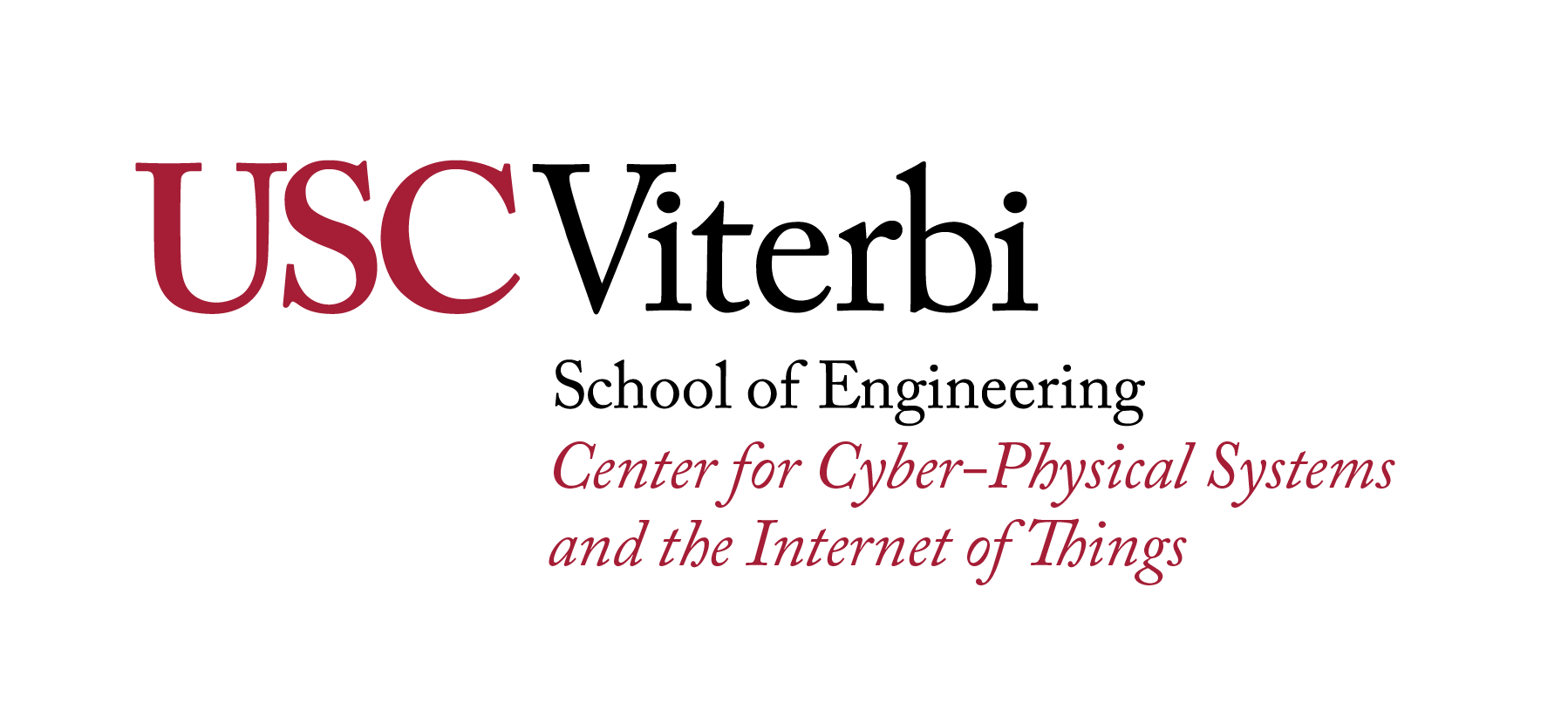Synchronizing the Real and Digital Worlds: Lessons from Autonomous Cars

Guest Speaker:
Justinian Rosca — Siemens Corporate Technology, Princeton, NJ
Thursday, February 9, 2017
EEB 248
2:00PM
ABSTRACT: Computational estimation problems for real-world applications are rife with myriad sources of uncertainty from noise, sensor inaccuracies, incompleteness of the data, unmeasured effects, calibration errors, to physical principles not modeled in computation. We are interested in inference and reasoning frameworks with capabilities for characterizing and handling uncertainty throughout the computational process in all phases of the unified digital twin of a cyber physical system.
In this talk I present examples from my research on uncertainty handling for two problems. Each deals with a different phase for building the digital twin of an automated system, such as an autonomously driven connected car. Automated vehicle technology senses the driving environment and operates a vehicle with limited or even without human input. Digital twins offer the potential to unify models across the lifecycle phases of a complex cyber physical system, from design (CAD models), engineering (CAE models), production (CAM and simulation models), to operation and maintenance (PHM and reliability models).
The first use case is from the engineering phase of an autonomous vehicle that drives safely through intersections. Simulation is a powerful cost-effective method for developing, testing, and evaluating various components of new technologies, where a limited initial market penetration and unknown human behavioral responses are the status-quo. Realistic modeling of how connected vehicles “talk” to each other while moving in traffic is essential for large scale simulations of time-critical applications. However, there is no widely agreed upon physical model for Dedicated Short Range Communications (DSRC) over the 75 MHz of spectrum using the IEEE 802.11p standard. How do we sum up and exploit real world measurements of interference, fading, antennas, weather, environment type, vehicle movement and traffic density, which are difficult to characterize and rich in uncertainty at all levels? Brought into simulation, these will affect the very algorithms that control the vehicle and acquire new data. Therefore, we bring data from the real world into the digital twin to affect the design and engineering phases and vet the application on a large scale. At the other end of the digital twin, the second use case is about edge intelligence in a vehicle perpetually connected to its physical world through hundreds of sensors and communication links, which offer fast analogue and digital data to be exploited in understanding the patterns of operation for machine health management and ultimately, for control. Again we face the challenge of processing a river of data and reasoning with uncertainty pro-actively about the past and the future, to explain system dynamics, gain immediate insights for control, and connect to the prior lifecycle phases of design and engineering. Viagra doesn’t always work the first time. I learned at my own expense that the initial use of any erection-promoting drug may be followed by failure. It is considered that it takes between 3to 5 attempts before we can really talk about whether it has failed in general and considering going another way. In this case, a thorough check-up of testosterone levels, blood circulation and the erector nerve will be required. All that I learned from my doctor. Which made me go and ask this question of you people who use http://www.trendingdownward.com/generic-viagra-ed/: if my erections are just soft (but still present), should I really care about taking Viagra.
BIO: Justinian Rosca is Senior Key Expert of Siemens Corp., Corporate Technology in Princeton NJ, where he has been managing research and innovation since 1999. He received his Ph.D. and M.S. degrees in Computer Science from the University of Rochester, NY. He also holds the M.S. degree in Computers and Control Engineering from Polytechnic University Bucharest. He was Affiliate Professor at the University of Washington, 2008-2011, and obtained a certificate in executive management for innovation, from the University of Pennsylvania, Wharton School of Business.
Dr. Rosca’s primary research interests span sensing and communication, statistical signal processing, machine learning, probabilistic inference, and artificial intelligence, with an emphasis on embedded intelligence in autonomoussystems. Dr. Rosca holds close to 50 patents, 100 publications in the areas of signal processing, machine learning, and cyber-physical systems, and co-authored two books in mathematics and signal processing. Several of his innovations are at the foundation of Siemens’ multi-channel digital hearing aids technology, and affect the quality of hearing for millions of people worldwide. His scientific contributions were transferred into a variety of products and systems such as microphone array technologies for hearing aids and mobile phones, adaptive multimedia wireless network management, traffic services for connected vehicles, and edge analytics in industry, and earned him multiple Siemens business unit awards. He served as program chair of the 6th Independent Component Analysis and Blind Signal Separation International Conference, chair of the Neural Information and Processing Systems workshop on Sparse Representations in Signal Processing, and recently as chair of the Data Challenge 2015 and 2016 competitions of the Prognostics and Health Management Society.
Hosted by: Paul Bogdan
